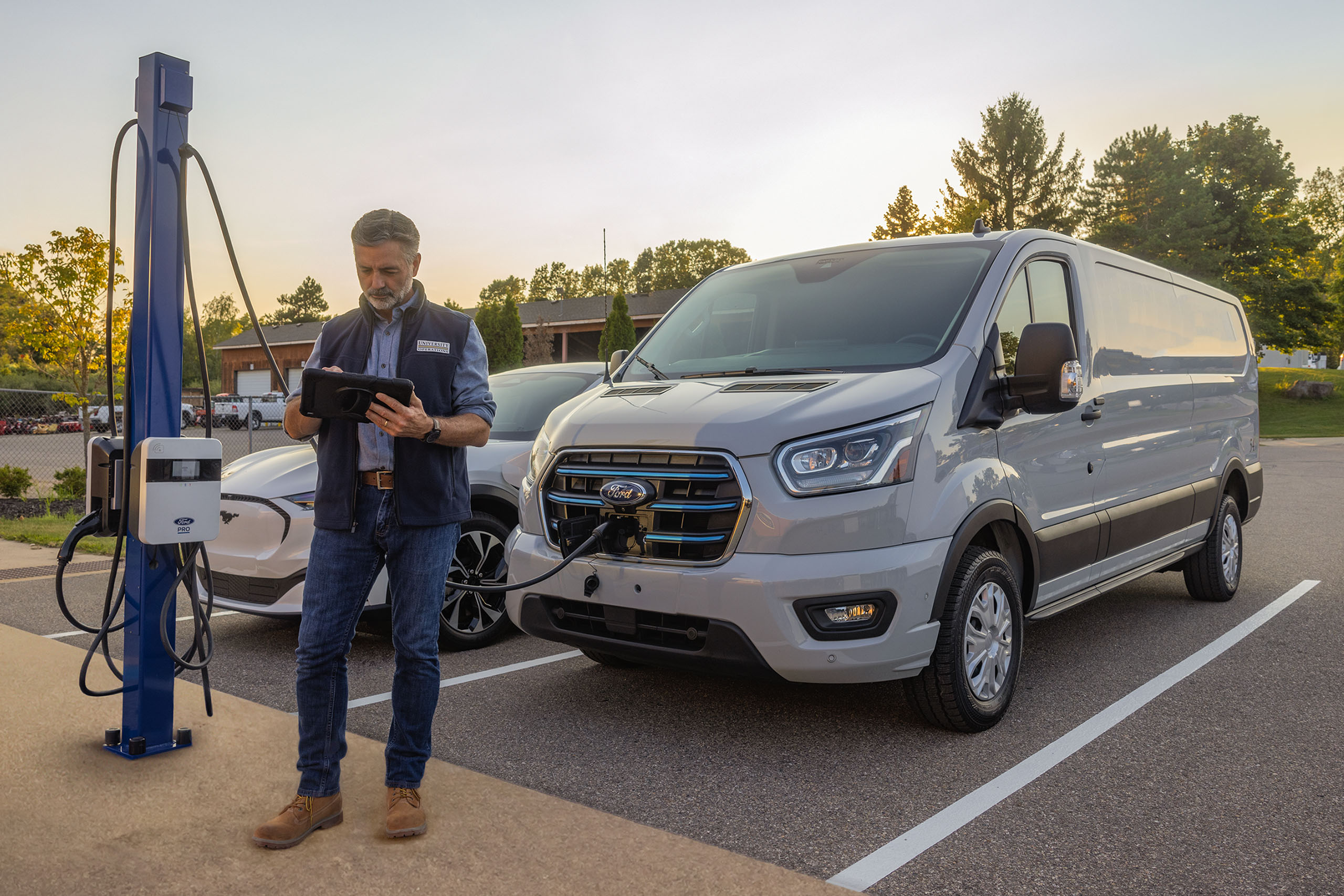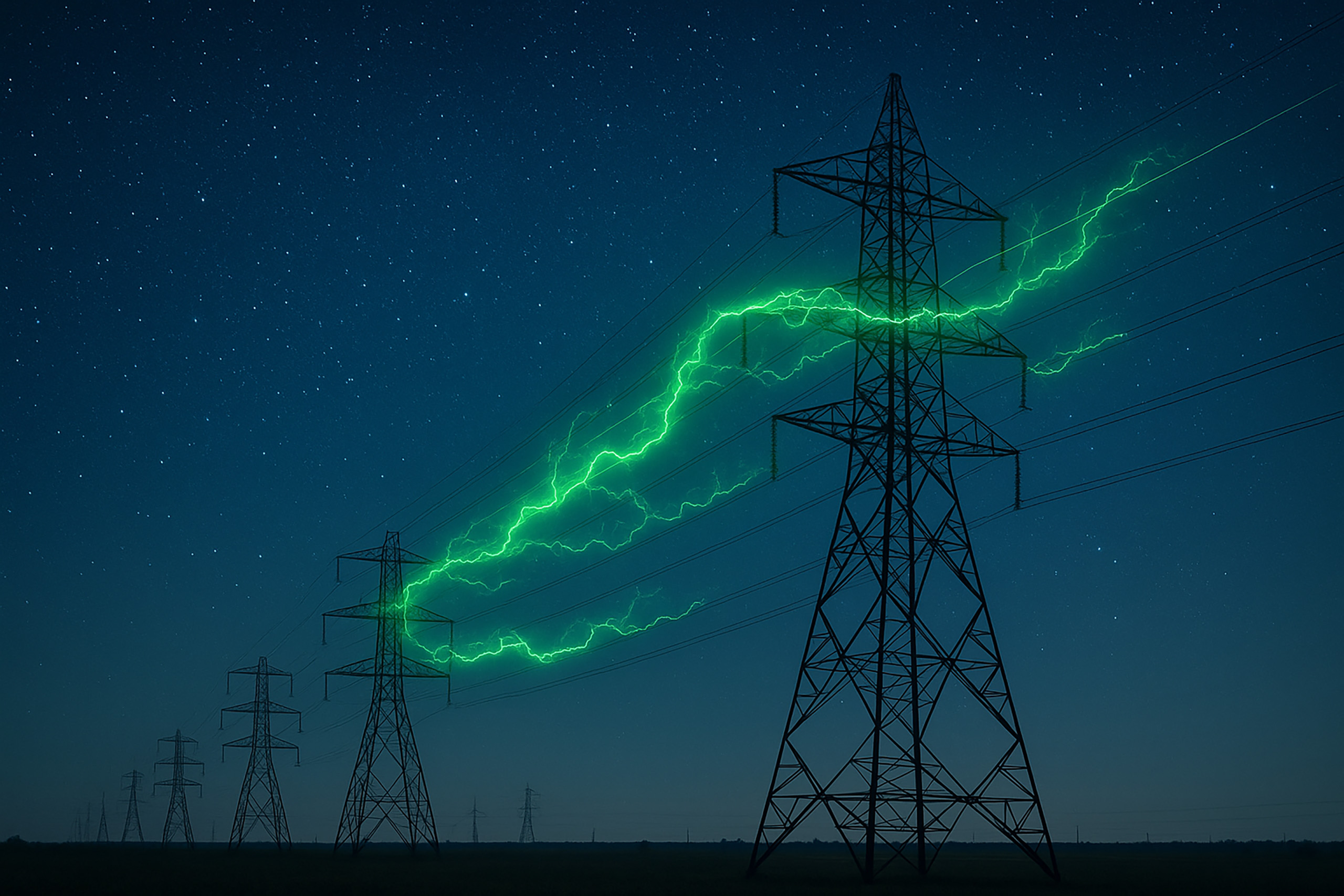
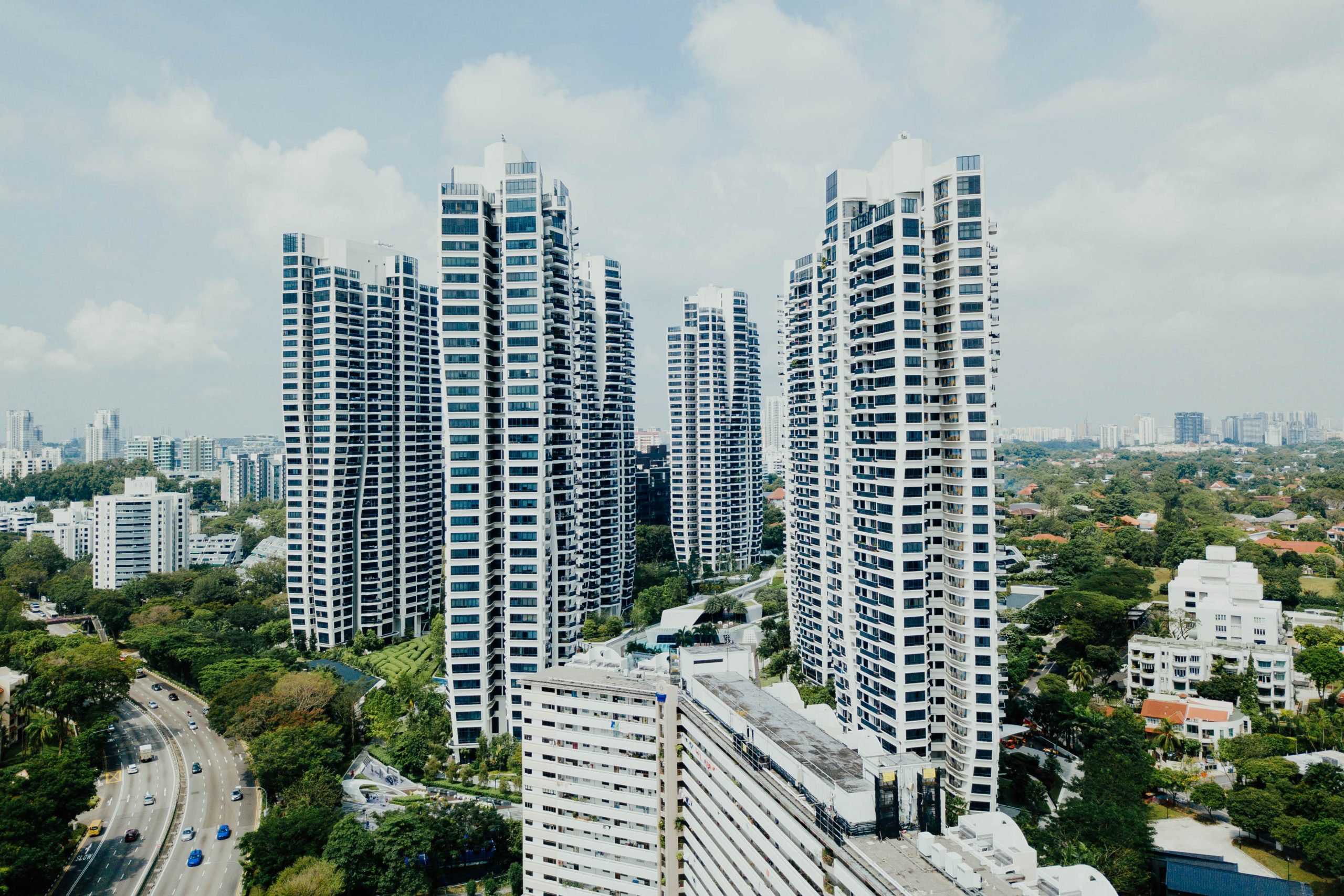
There is increasing global emphasis on the construction of infrastructure to support electric vehicles (EVs). Are you a decision-maker for a real estate investment trust (REIT) or multi-unit dwelling (MUD)? Now is a great time to start thinking about how to get EV charging for your apartment or condo buildings.
Current projections indicate there could be more than 25 million electric vehicles on the road in the US by 2030. Building owners are taking notice. The number of newly constructed MUDs with car charging stations is on the rise, according to the National Apartment Association.
Unlike owners of gasoline-powered cars, EV owners don’t do their charging on the road.
Instead, more than 80% of EV charging takes place at home, according to a study by J.D. Power. Owners of electric vehicles charge mostly overnight or during the workday while their cars are parked.
At-home EV charging presents opportunity for residential complex owners. Future Energy can help your business understand the benefits to get EV charging for your apartment or condo buildings.
Initial Steps to Install EV Chargers
Electric vehicle charging stations fall into one of three categories:
- Level one chargers involve a regular 110-volt outlet. The EV owner simply plugs the vehicle into the wall and lets it charge. Vehicles charge at a rate of three to five miles per hour.
- Level two chargers are the most common for both home and commercial use. Level two works on a 240-volt dedicated circuit and will charge your tenants’ vehicles around 45 to 60 miles in an hour.
- Level three chargers, or direct-current fast chargers, can fully charge an EV in about half an hour.
See the difference on our Inventory EV Charge-Cycle chart below.
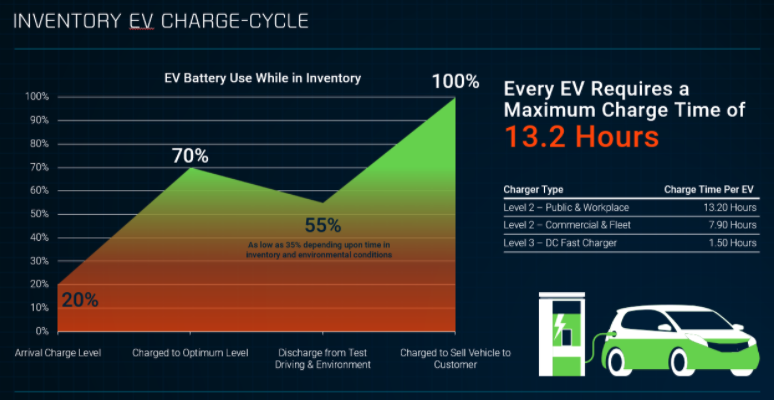
Installation Cost
For MUD owners, level two chargers balance cost efficiency with charging speed. The total cost to install a level two EV charger ranges from around $2,500 to about $15,000, with an average cost around $6,000. Why is there such a wide discrepancy?
Direct-current fast chargers cost about $50,000 each and are generally operated by private charging networks.
Your building’s existing electrical infrastructure is a major factor in the cost of installing EV chargers. Your property may require an electrical panel upgrade or a long run of conduit and wiring. Also, labor costs vary by area.
Standards and Specs
There are complex considerations that go beyond the simple installation of hardware.
That’s why the installation of EV chargers at your MUD requires a well-conceived strategy that keeps costs in line and works with your overall business plan.
Future Energy has a 300-page specifications guide that serves as a starting point for your EV charging plan. Your business can modify these specs through Future Energy and create a standard that aligns with your goals and objectives. For instance, if your REIT owns 50 properties, you can work with Future Energy to customize these specifications for each location.
Timeline
After you have established standards and specs built around your desired goal, it’s necessary to talk through the rollout. A clear timeline helps establish benchmarks to measure the success of your EV charging initiative.
Incentives
There are hundreds of programs at the federal, state, and local levels. A well-planned combination could provide up to 100% of the funding for businesses that wish to install EV chargers. These incentives include tax breaks, grants, utility rebates and rate discounts. Working with Future Energy ensures your rollout strategy complies with all the requirements that help you obtain incentives to alleviate much of the cost.
For example, as part of an overall plan to emphasize energy-efficient buildings, the US Department of Energy offers a program to encourage property owners to install EV chargers. The Commercial Property Assessed Clean Energy (CPACE) program finances energy efficiency on commercial property.
The program requires approval from your state legislature and exists in more than 30 states. Since 2009, CPACE programs have provided more than $2 billion for more than 2,400 commercial projects of varying sizes.
Benefits of EV Charging for Building Owners
Why get EV charging for your apartment or condo buildings? EV drivers present a desirable demographic for MUD owners. A study by CarMax and CleanTechnica revealed nearly 90% of people who buy EVs are over the age of 30, indicating they likely have stable income. Furthermore, about 70% of EV owners have college degrees or higher.
Attract Tenants to Your Buildings
The addition of amenities helps attract renters to your MUD, according to JP Morgan Chase.
An investment in EV chargers helps your building stand out in a market increasingly skewed toward renters.
Reduce Your Vacancy Rate
EV drivers are happiest when they use a dedicated, installed level two station, according to the J.D. Power study. That means once you attract your tenants, they are more likely to stay if they have a consistent, available place to charge their vehicles.
Increase Operating Income
Your business must decide if you will charge electrical fees back to EV drivers or absorb them as a perk for tenants. If you choose to charge tenants, you could ask them to pay per kWh of use or to pay a flat-rate monthly fee per vehicle. Interestingly, 58% of renters are willing to pay more to live in a place that offers EV charging, according to a 2016 study by Multifamily Executive.
Ongoing Considerations for EV Charging
In California, changes to the building code have reflected increased tenant demand for access to EV charging. The CALGreen Building Code mandates that 10% of parking spaces of new MUDs must have electrical service to support the dedicated 40-amp circuit that level two charging requires.
Manage Power Use
Whether or not your state has such requirements, the management of electricity use requires an ongoing strategy.
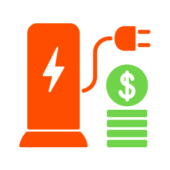
Because Interface monitors in real-time, it balances the electrical load and helps you avoid exceeding your peak demand, which would result in extra utility charges.
Interconnect Key Performance Indicators
Furthermore, Interface helps you monitor key performance indicators on your property. Proactive data analytics help you make predictions to ensure your business plan is on track. All your MUDs send data into Interface’s centralized platform, which you access remotely in real-time from any location on any smart device.
Future Energy and EV Charging Opportunities
In November 2021, President Biden signed the US infrastructure bill into law. Its emphasis on electric vehicles and the accompanying infrastructure creates opportunity for your business. There is no better time to get EV charging for your apartment or condo buildings. To learn how to build a winning strategy and maximize incentives, contact Future Energy today.

